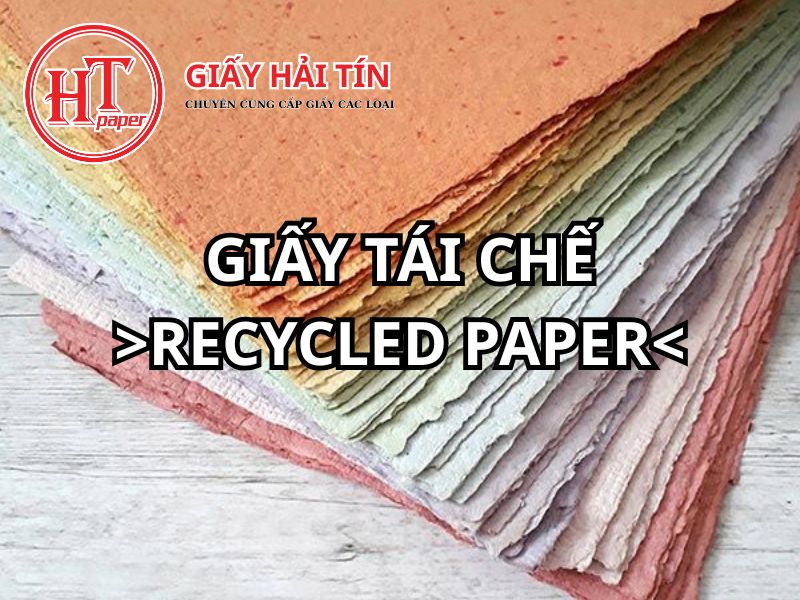The Path Forward for the Paper Industry Serving the Textile Industry Amid the Covid-19 Pandemic
In the face of the Covid-19 pandemic outbreak, the paper industry, like many other industries, has been severely impacted, particularly in terms of raw material supply. While other industries have been affected by material shortages from China and parts of the European market, the paper industry is facing a double blow due to disruptions in both raw material input and finished product output, stemming from the pandemic in China, Europe, and the United States.
According to reports from businesses, paper waste suppliers to Vietnam have canceled many orders, including orders placed in early January 2020 or those that had just been finalized. According to Hải Tín Paper Company’s assessment, large businesses currently have minimal material reserves, with stocks lasting only around 1-2 months. Small and medium-sized businesses have no reserves or are running low. If raw materials cannot be imported soon and the domestic supply is not strong enough, many businesses will be forced to shut down operations. This is in addition to the risk of mandatory closures if infections occur within the company.
As the virus situation in China starts to be controlled and factories reopen after a long shutdown due to the pandemic, Chinese companies have ramped up their purchases, further exacerbating the material shortage across the Asian market and creating additional difficulties for Vietnamese businesses.
Apart from the fear of not having enough materials for production, paper companies—especially those providing pattern paper for the textile industry—are also facing pressure from short-term loan interest, principal repayments, workforce concerns, and the risk of customers canceling orders due to supply chain disruptions.
Paper Industry in the Textile Sector
Recently, the paper industry has remained highly dependent on imported pulp. Of all the raw materials used for paper production, 70% is sourced from recycled paper, with nearly 50% of that being imported from abroad. The remaining 50% comes from the collection and recycling of used paper by small, informal collection units, as no companies have taken on the responsibility for this yet.
Moreover, most paper businesses in Vietnam have small-scale production capacity, typically under 30,000 tons per year. Investments are not concentrated, technology and equipment are outdated, operational costs are high, product quality is low and unstable, and the ability to compete with FDI enterprises and imported products is weak.
Furthermore, the production of paper products does not match domestic demand. The domestic production is largely focused on packaging paper, cardboard, and pattern paper for the textile industry, which accounts for up to 87% of the output.
Meanwhile, high-grade coated packaging paper, photocopy paper, and special papers cannot yet be produced in Vietnam, and the country still needs to import over 1.3 million tons of these products annually.
Government Support and Industry Challenges
Currently, despite the government's support for industries affected by Covid-19, the paper industry has not been mentioned as much in terms of challenges compared to other industries. The policies of support are not as clearly defined for the paper industry as they are for sectors like textiles, footwear, or hospitality.
In support of businesses, the Vietnam Pulp and Paper Association (VPPA) is working hard to assist companies through trade promotion channels, including raw material supply, payment methods, and solutions for stabilizing production.
Therefore, the government and relevant ministries, such as the Ministry of Finance and the Ministry of Industry and Trade, need to implement supportive policies for the paper industry similar to those in other sectors. This includes exemptions, reductions, delayed payments, and VAT refund support. Additionally, preferential loans, lower interest rates, and debt deferrals should be provided to paper companies to directly assist in purchasing raw materials.
“Giấy mất bao lâu để phân hủy” không có một con số cố định — nó dao động tùy loại giấy, lớp phủ và môi trường (compost có oxy khác bãi chôn thiếu oxy). Bài viết này trình bày con số tham khảo, giải thích yếu tố ảnh hưởng, nêu riêng giấy thường dùng trong ngành may và cách xử lý/ tái sử dụng thực tế
Giấy khadi ấn độ là loại giấy thủ công truyền thống nổi bật của Ấn Độ, nổi tiếng với vẻ đẹp tự nhiên, độ bền cao và ý nghĩa văn hóa sâu sắc. Loại giấy này không chỉ dùng trong các hoạt động nghệ thuật mà còn gắn liền với lịch sử và tâm linh của đất nước này.





